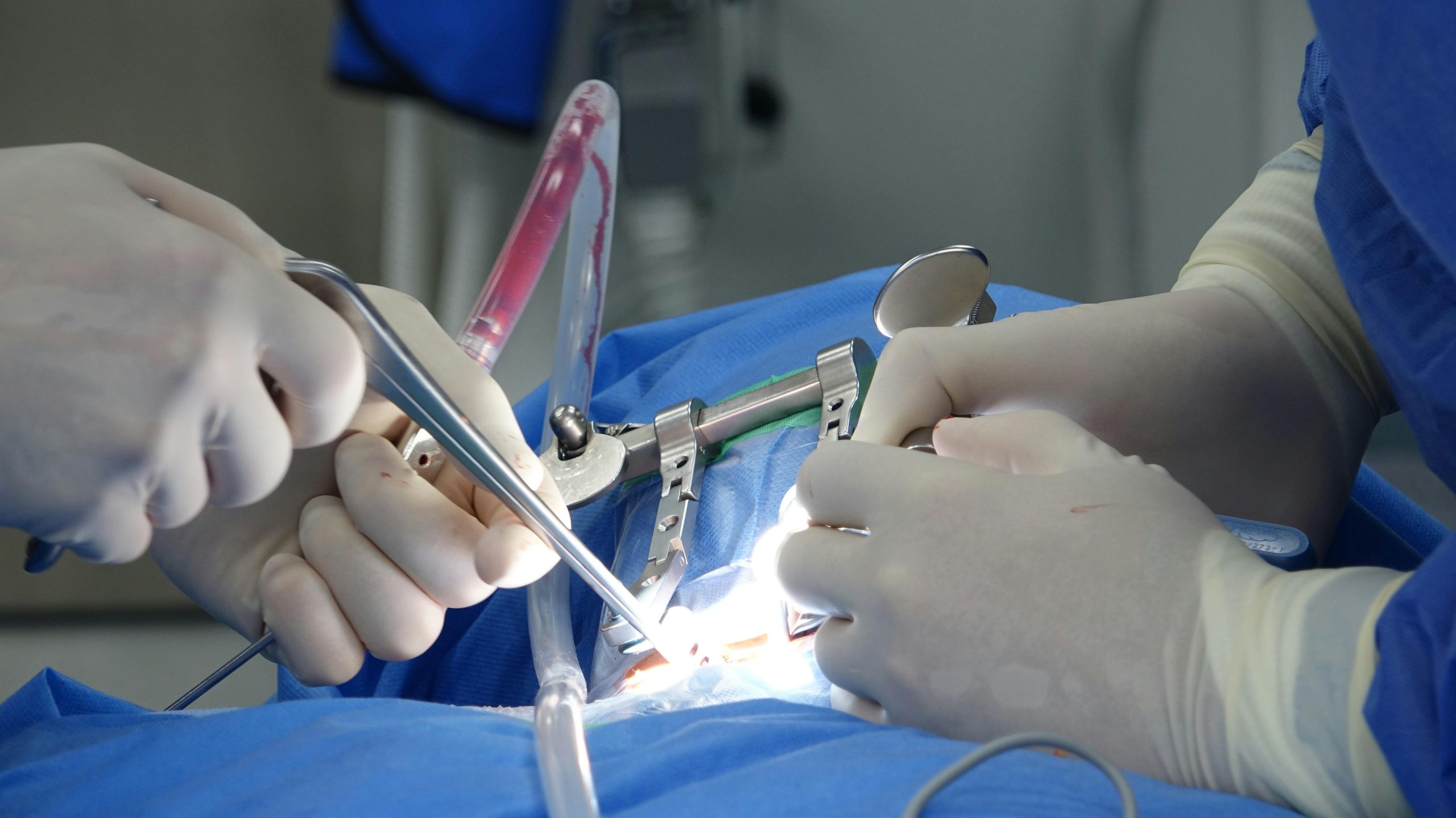How Real-Time Predictive Dashboards Are Guiding Surgeons During Spine Procedures

In the high-stakes environment of spinal surgery, every decision matters. From selecting the correct implant size to determining precise alignment angles, a surgeon’s ability to respond to the changing conditions of the operating room can greatly influence patient outcomes. Dr. Larry Davidson, an expert in spinal surgery, highlights that the integration of real-time predictive dashboards is providing surgeons with a new layer of support, turning complex data into actionable insights during surgery itself.
These AI-powered dashboards pull data from preoperative imaging, intraoperative tools, patient biometrics and predictive models to assist surgeons in making data-informed decisions on the fly. As spinal procedures become more sophisticated, having this information available in real-time helps reduce uncertainty, minimize complications and ensure surgical precision that adapts to each patient’s unique anatomy and condition.
What Are Real-Time Predictive Dashboards?
Real-time predictive dashboards are interactive visual tools that display key information and surgical guidance during an operation. These systems combine live data from the surgical environment with preloaded predictive models, giving the surgeon a constantly updated view of patient-specific risks, biomechanical responses and procedural progress.
The dashboard might include information such as spinal alignment measurements, estimated blood loss, nerve proximity alerts or predictive alerts about hardware placement success. These insights are delivered in an intuitive interface that allows the surgical team to respond instantly to dynamic changes, without needing to pause or refer back to static documents or off-site systems.
Enhancing Intraoperative Precision
One of the biggest challenges in spinal surgery is ensuring precise alignment and implant placement, particularly when a patient’s anatomy doesn’t align with what was expected before surgery. Real-time dashboards help bridge this gap by providing visual overlays, simulations and alerts that adapt to intraoperative findings.
For example, suppose the dashboard detects a deviation in spinal curvature that wasn’t visible in preoperative scans. In that case, it can alert the surgeon and suggest a slight adjustment in screw trajectory or implant size. This intraoperative adaptability improves surgical precision, reducing the need for revisions and enhancing long-term stability.
Integrating Predictive Analytics During Surgery
Predictive analytics is no longer limited to preoperative planning. During spine procedures, AI can continue analyzing data from surgical tools, imaging systems and patient vitals to forecast possible complications in real-time. These predictive insights can warn the surgical team of risks such as excessive blood loss, nerve impingement or implant misalignment before they occur.
At its core, the dashboard serves as a smart co-pilot, helping the surgeon make sense of real-time data in the OR and offering proactive guidance to improve safety and outcomes.
Improving Communication Across the Surgical Team
Real-time dashboards serve the entire surgical team, not just the lead surgeon. They enhance coordination by giving anesthesiologists, nurses and imaging techs shared real-time insights, reducing miscommunication and improving teamwork during complex spinal procedures.
Reducing Cognitive Load on Surgeons
Spinal surgery demands continuous, high-level decision-making, often under pressure. Real-time dashboards reduce cognitive load by filtering and organizing critical data into digestible visual formats. Instead of mentally juggling patient history, anatomical variation and procedural risks, the surgeon can rely on the dashboard to surface the most relevant information at each phase of the operation.
This not only improves focus and confidence but also allows surgeons to allocate more cognitive energy toward technical execution and patient-specific nuances rather than data recall or troubleshooting.
Integration With Robotics and Navigation Systems
Many real-time dashboards are designed to integrate seamlessly with robotic-assisted surgery platforms and navigation systems. This means the guidance on the screen is aligned with robotic instrument feedback, allowing the AI system to offer even more refined suggestions based on actual tool movement and response.
For instance, if the navigation system detects resistance during a screw placement, the dashboard can simulate alternative trajectories based on biomechanical predictions. This combination of robotic precision and AI insight is pushing spinal surgery toward a new era of safety and personalization.
Postoperative Documentation and Analysis
The value of real-time dashboards doesn’t end when the surgery is complete. Many systems automatically compile data collected during the operation into detailed postoperative reports. These can be reviewed for quality assurance, used in patient education or incorporated into research studies for continuous improvement.
This documentation also helps refine future surgeries by feeding outcome data back into AI models, improving the dashboard's predictive power for future patients.
Challenges and Considerations
While promising, real-time predictive dashboards require thoughtful integration. They must be intuitive and responsive, minimizing distraction rather than adding complexity to the OR environment. In addition, hospitals need to invest in staff training and system calibration to ensure the dashboard’s insights are accurate and actionable.
There are also considerations around data security and ensuring that patient information is protected throughout the intraoperative data flow. Still, as adoption grows, these systems are rapidly proving their value in optimizing surgical performance and patient care.
The Future of Surgical Intelligence
Real-time dashboards are expected to become even more interactive and intelligent. Future versions may include voice-command capabilities, adaptive visualizations based on user behavior and augmented reality overlays that project data directly into the surgical field. These tools aim to streamline intraoperative decisions, without sacrificing detail or surgical autonomy.
Dr. Larry Davidson notes, “If the last decade is any indication, the future of this field looks incredibly promising. I expect we’ll continue to see major strides, not just in surgical techniques, but also in the technology that supports spine surgeons in achieving their goals.” His perspective echoes the broader optimism within the surgical community, where real-time AI tools are reshaping how complex procedures are approached and executed.
Ultimately, spinal surgery is evolving into a process that’s as adaptive as it is precise, powered by continuous feedback and informed by decades of accumulated data. As innovation continues, these tools will help create safer, more responsive surgical environments tailored to the needs of each individual patient.
Closing the Gap Between Data and Action
Real-time predictive dashboards are turning spinal surgery into a dynamic, data-supported discipline where decisions evolve with each passing moment in the operating room. Instead of relying solely on static preoperative plans, surgeons can now access continuously updated insights that reflect a patient’s real-time physiology and surgical progress. This shift allows for more confident decision-making, faster responses to unexpected variables and improved outcomes tailored to the individual.
As these technologies become more refined and widely adopted, predictive dashboards are poised to become an essential part of the surgical workflow. By supporting precision, enhancing team communication and reducing risk throughout the procedure, they offer a powerful path forward in the evolution of spine care. With each advancement, spinal surgery becomes safer, more responsive and better equipped to meet the unique needs of every patient.



